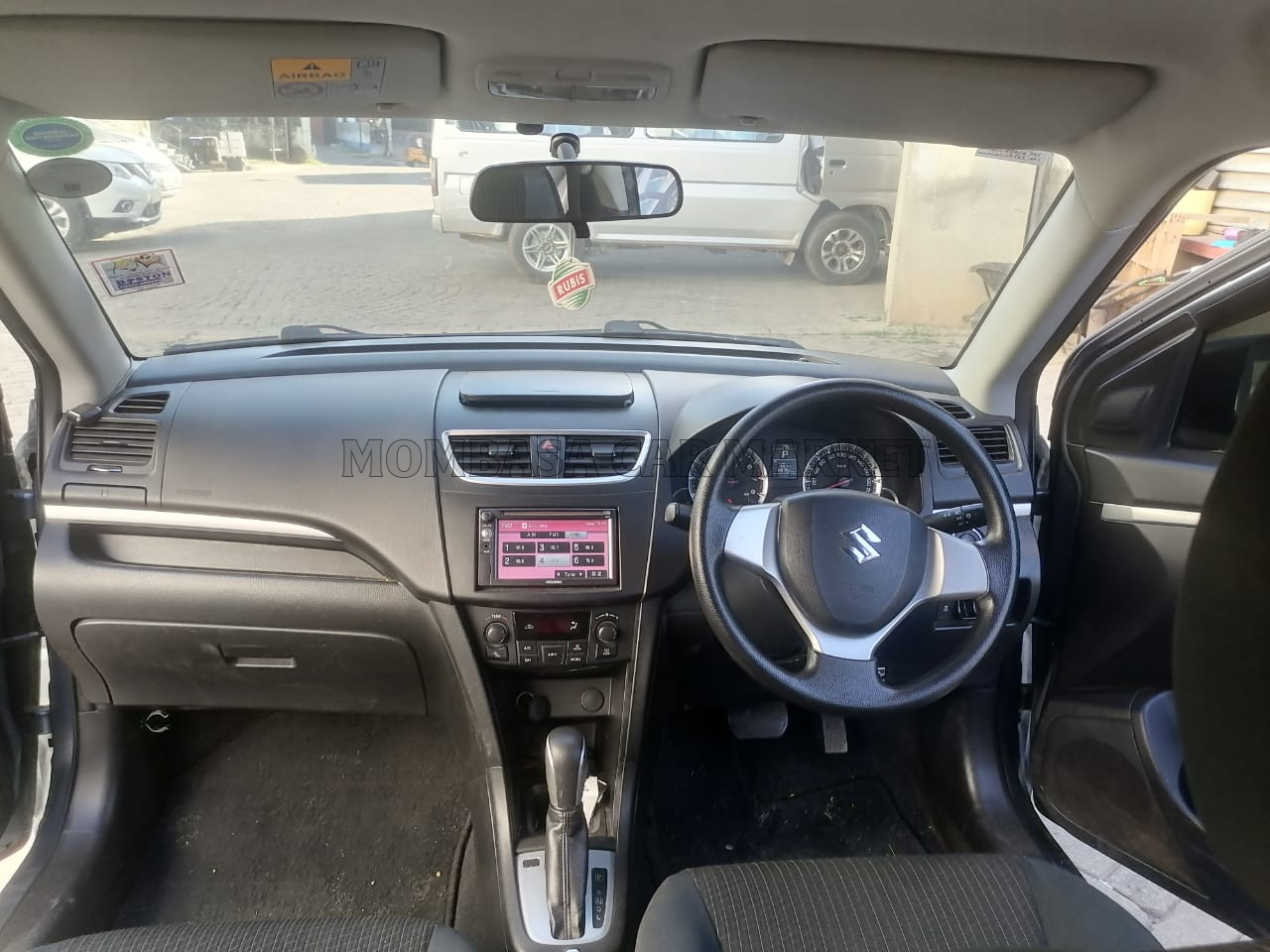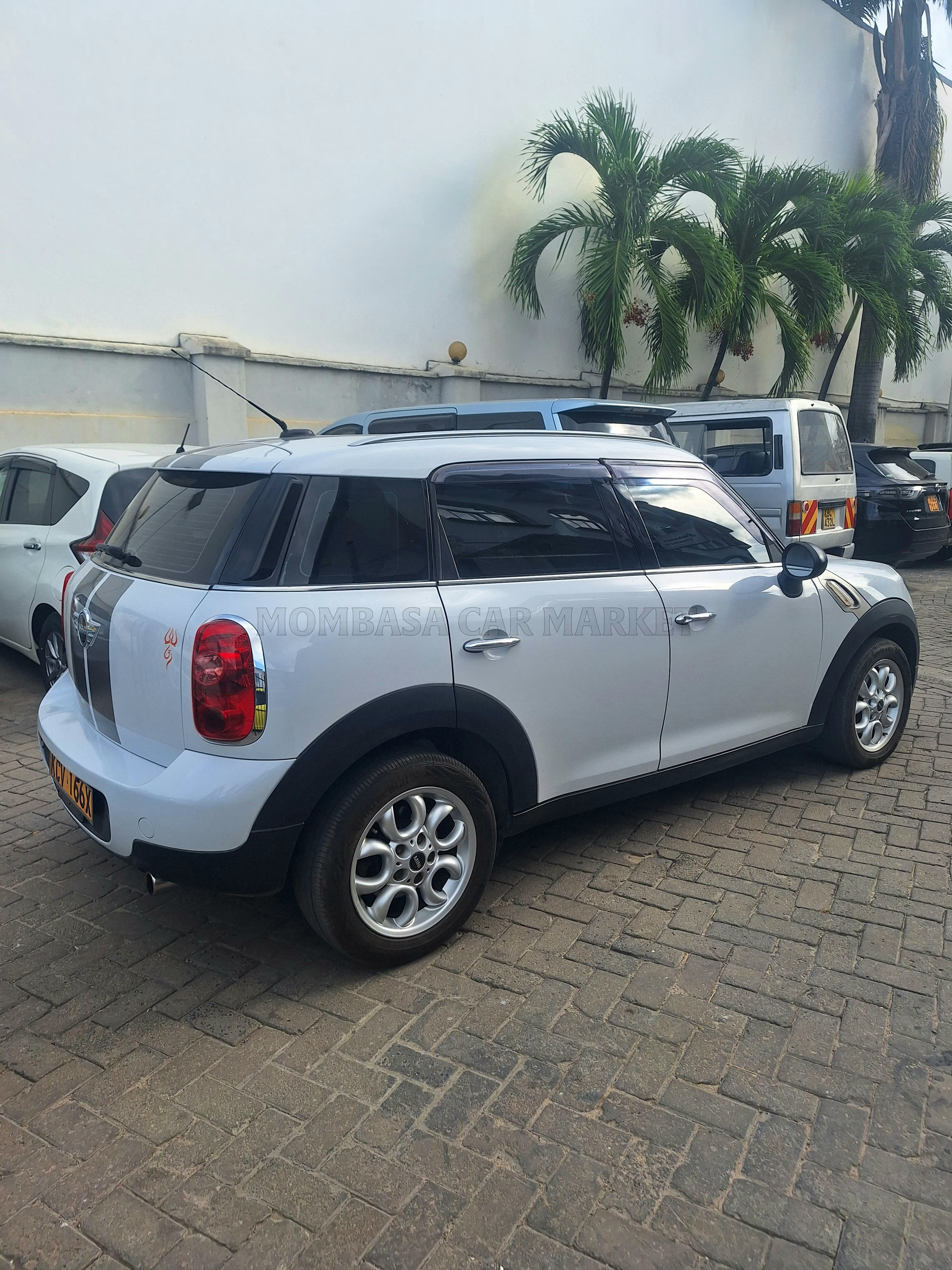
The Advantages of Hybrid Cars in Kenya
Hybrid cars are getting more popular each day, especially because in about a decade many countries will have switched to Hybrid-Electric Vehicles (HEVs), Plug-in hybrid electric vehicles (PHEVs) and Electric Vehicle (EVs). For instance, the EU plans to ban sales of new Internal Combustion Engine ICE cars from 2035, cities around the world are starting to phase out ICE vehicles from new sales and city roads thus Hybrids, PHEV, and EV sales are steadily increasing.
A hybrid car is one that usually uses two engines, i.e., an electric motor and a conventional engine (either petrol or diesel). The electric engine powers the car at lower speeds, and the gas engine powers it at higher speeds. That means hybrid cars conserve fuel and produce fewer CO2 emissions than regular options that purely run on fuel. Compared to standard ICE vehicles, hybrid versions of the same car model offer many "green" benefits like lower emissions and gas mileage, meaning the vehicle is environmentally friendly.
Hybrid electric cars work by charging the battery through regenerative braking and by the internal combustion engine, and not only by directly plugging in the vehicle to charge the batteries. Hybrids offer long-term savings such as lower maintenance costs, in addition to increased fuel efficiency, and decreased cost to run the vehicle. EVs and hybrids are also much better for the environment than conventional ICE vehicles, generating much less pollution. Other features include regenerative braking, electric motor drive/ assist, and automatic start/ shutoff.
Regenerative braking refers to the energy produced from braking and coasting that’s usually wasted, but is now stored in a battery until needed by the motor. During electric motor drive, the electric motor kicks into gear, providing additional torque for such things as steep ascents or fast acceleration.
Since hybrid vehicles use a combination of a high voltage battery pack, electric motor, and the ICE to propel the vehicle, they often have less wear and tear thus less repairs may be needed, reducing the overall maintenance costs. Hybrids are designed to last longer and run better than ICE cars; they have fewer parts, which means they require less maintenance than the fuel reliant car. Their brakes last longer, too, as they don’t have to work as hard because the regenerative braking system helps to slow the car down gradually.
As gas prices rise, hybrids are getting more popular since they are more fuel-efficient. Hybrid cars will usually run on the electric motor whenever possible, which makes a great impact on the car’s fuel efficiency. As of now, hybrids have an increased resale value, it's possible that you may receive a higher return on your initial investment, depending on the condition of your vehicle.
Range anxiety is the fear that an EV might run out of charge before getting to the destination since there are few charging stations available in the country. This is never a problem for hybrid or PHEV drivers because when the high voltage battery runs low on charge in a hybrid vehicle, the car relies more on the ICE which uses more available fuel options in comparison to availability of charging points.
Hybrid cars are made up of lighter materials and the engine is significantly smaller and lighter thus less energy is required to run the vehicle. The petrol engine used in hybrid cars is smaller and lighter as they aren’t solely responsible for powering the car because there’s an electric motor to support powering the car. Hybrid models are also mechanically simpler and have fewer parts than other car types, which keeps their fault percentage much lower.
There you have it, these are just some of the advantages of Hybrid vehicles. I'm sure as we go along the journey of switching from ICE to hybrid vehicles, we'll revisit this article and add more advantages. Be sure to let us know your favourite hybrid vehicle, we'll be sure to advise you on its suitability to your purpose and budget.


